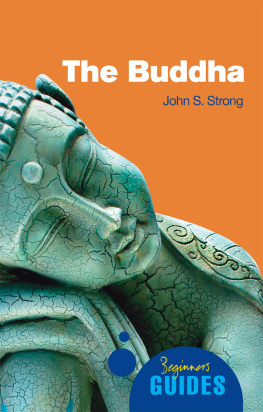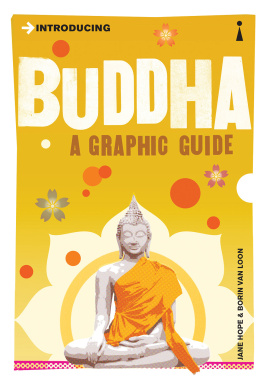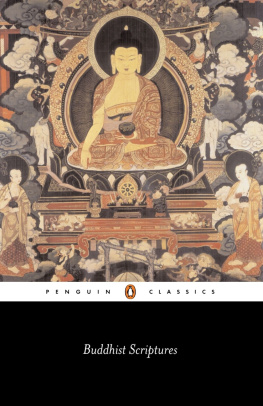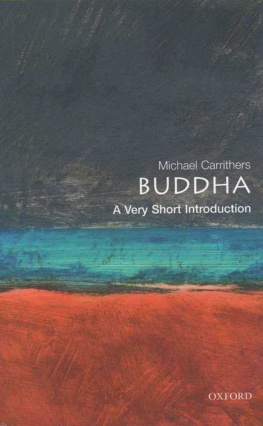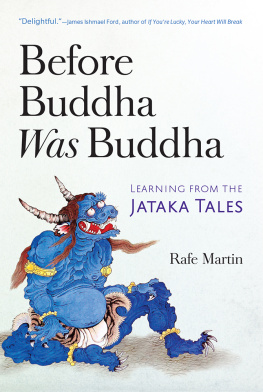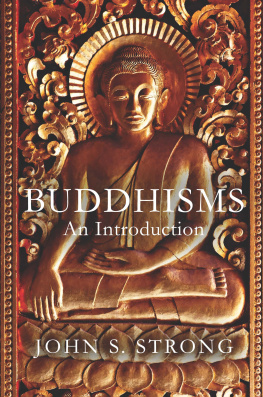The Buddha
A Beginners Guide
ONEWORLD BEGINNERS GUIDES combine an original, inventive, and engaging approach with expert analysis on subjects ranging from art and history to religion and politics, and everything in between. Innovative and affordable, books in the series are perfect for anyone curious about the way the world works and the big ideas of our time.
africa | genetics |
anarchism | global terrorism |
aquinas | hinduism |
artificial intelligence | history of science |
the bahai faith | humanism |
the beat generation | islamic philosophy |
biodiversity | journalism |
bioterror & biowarfare | judaism |
the brain | lacan |
british politics | life in the universe |
the buddha | literary theory |
cancer | machiavelli |
censorship | mafia & organized crime |
christianity | magic |
civil liberties | marx |
classical music | medieval philosophy |
climate change | middle east |
cloning | NATO |
cold war | nietzsche |
conservation | the northern ireland conflict |
crimes against humanity | oil |
criminal psychology | opera |
critical thinking | the palestineisraeli conflict |
daoism | particle physics |
democracy | paul |
descartes | philosophy of mind |
dyslexia | philosophy of religion |
energy | philosophy of science |
engineering | postmodernism |
the enlightenment | psychology |
epistemology | quantum physics |
evolution | the quran |
evolutionary psychology | racism |
existentialism | renaissance art |
fair trade | shakespeare |
feminism | the small arms trade |
forensic science | sufism |
french revolution | volcanoes |

The Buddha
A Beginners Guide
John S. Strong

A Oneworld Book
First published by Oneworld Publications as
The Buddha: A Short Biography, 2001
First published in the Beginners Guide series, 2009
This ebook edition published by Oneworld Publications 2011
Copyright John S. Strong, 2001
All rights reserved
Copyright under Berne Convention
A CIP record for this title is available
from the British Library
ISBN 9781780740546
Typeset by Jayvee, Trivandrum, India
Cover design by Simon McFadden
Oneworld Publications
185 Banbury Road
Oxford OX2 7AR
England
Learn more about Oneworld. Join our mailing list to find out about our latest titles and special offers at:
www.oneworld-publications.com
For
Robbins Strong (191299)
and
Kitty Strong (191799)
Tables
Illustrations
Preface
Over two thousand years ago, in what is now Southern Nepal, a person was born who came to be known as the Buddha, an epithet which means the Awakened One. Today, he is honored throughout the world as one of the great religious figures in the history of humankind. His greatness lies in his doctrine, and in the religious community which he founded, but also in his lifestory, in the tales that were told about him.
Every author of a biography of the Buddha especially a short biography of the Buddha faces choices. Which episodes in the Buddhas lifestory should one include? Which should one pass over? What sources should one use in presenting a particular episode? Should one confine oneself only to so-called canonical texts, or should one include also later, more developed, traditions? Should one limit oneself to sources in a particular language (say Pali, or Sanskrit), or to texts reflecting a particular Buddhist sectarian bias, or should one strive for inclusivity, even when such comprehensiveness may lead to confusion or degenerate into obsession with detail?
I have tried to resolve these problems by adopting, in the time-honored Buddhist fashion, a middle way approach. On the one hand, I wish to avoid the extreme of getting bogged down in the nitty gritty details of variants and of philological niceties. On the other hand, I feel it is important to give the reader some sense of the richness of the biographical traditions about the Buddha, to compare and contrast different versions of the same tale so as to reflect the many layers of meaning that different Buddhists came to find in the life of their founder. For there is no one biography of the Buddha, and each Buddhist telling and retelling of stories about him has been influenced by historical recollections, doctrinal emphases, ritual concerns, political allegiances, social and cultural factors, or simply the desire to weave a good tale.
This book is intended for the interested generalist rather than the specialist, for the student rather than the scholar, but that does not mean that she or he should be sheltered from exposure to some of the complexities of the biographical process that went into the Buddhist formulations of the lifestory of the Buddha. For this reason, I have not hesitated to present various versions of certain biographical episodes. Where Buddhists differ on their own presentations and interpretations of the life of their founder, readers should be aware of the options.
On the other hand, I have not attempted to be totally thorough in doing this. I have not tried to present all versions of each tale, as I proceed with my narrative, and no doubt some readers will find certain stories or favorite points missing altogether. They are encouraged to consult the section entitled Sources and Further Reading, which stands in lieu of footnotes (within the text I provide citations only for direct quotes). The paragraphs in Sources and Further Reading contain references to texts and secondary studies that were used in writing the different chapters and sections of this book, or that may provide leads for persons interested in pursuing particular topics further. But they are not supposed to be an exhaustive bibliography on any subject. Thus references are given only to texts that have been translated into English (or, in the absence of that, into French or German). There are no citations of editions of texts in their original language of composition (for example, Pali, Sanskrit, Chinese), except in a few cases when I felt an important point could be found only in a passage from an untranslated text.
Finally, I would like to thank students of my Buddhist Tradition class at Bates College who were subjected to an earlier version of this work, as well as a number of individuals who read it in manuscript form and made encouraging comments and insightful suggestions: Rupert Gethin, Steven Kemper, Trian Nguyen, Frank Reynolds, and Donald Swearer.
Next page
